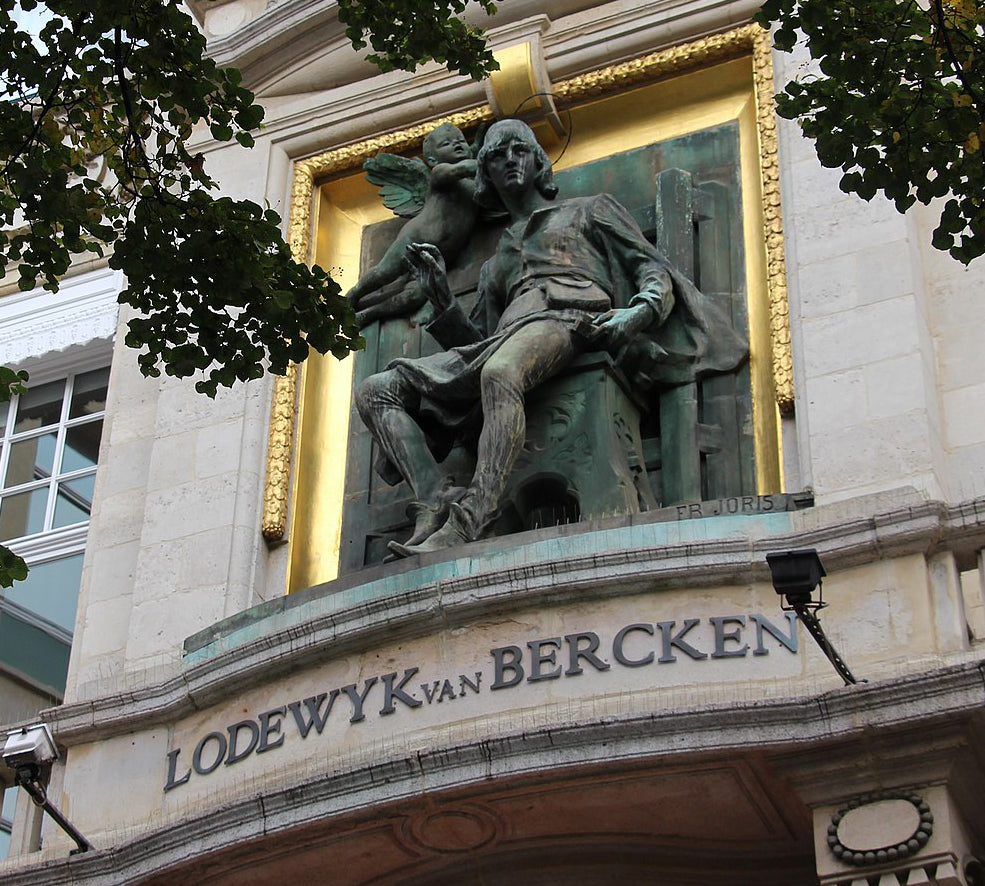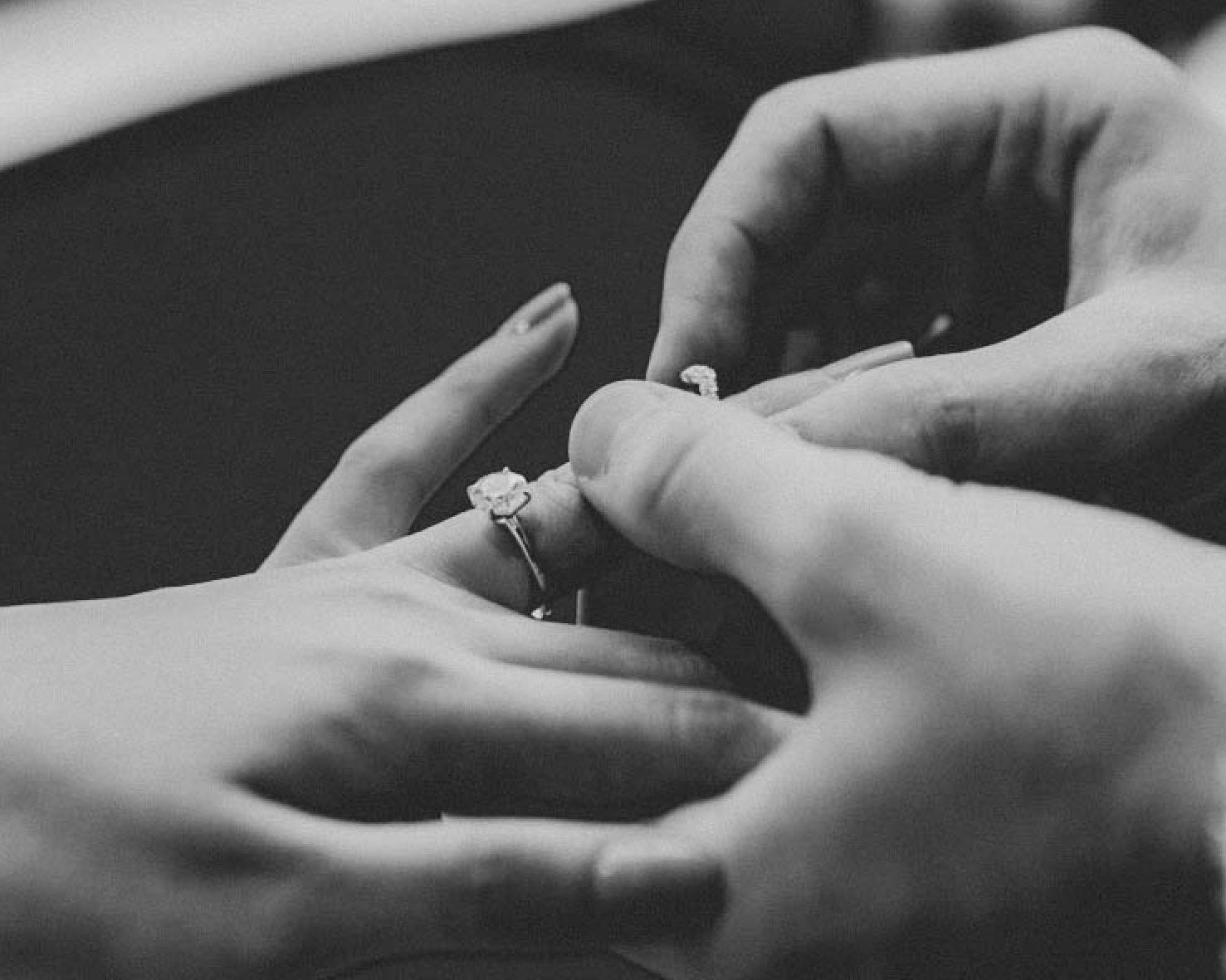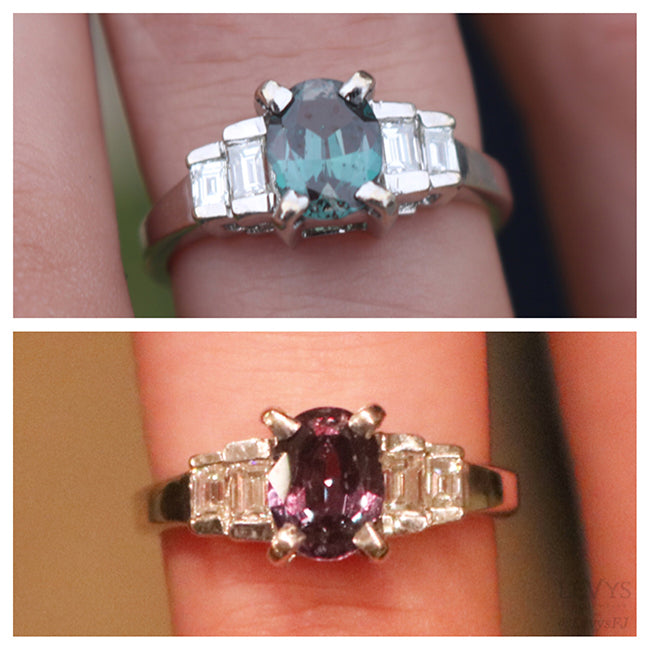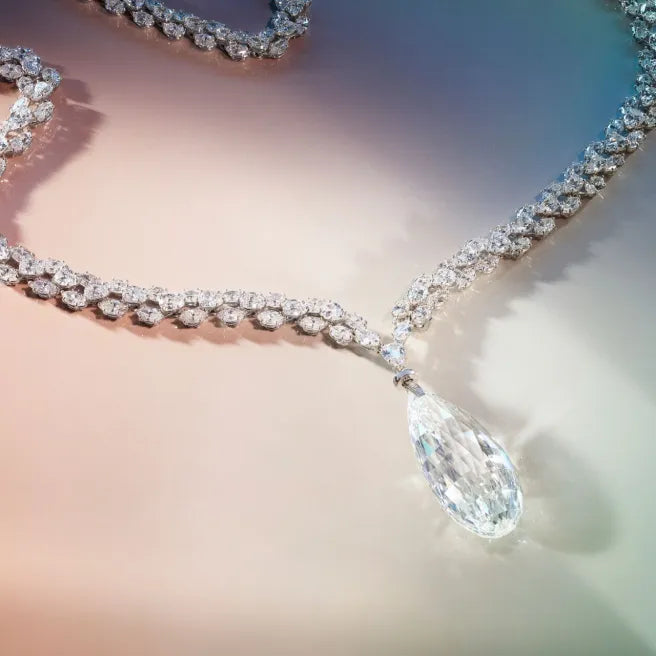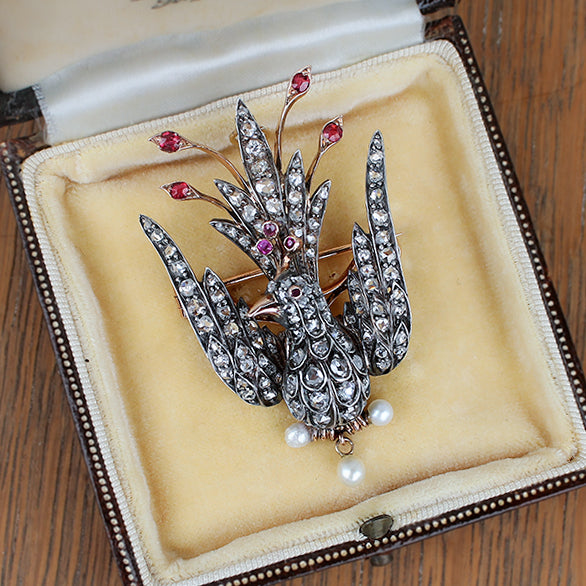
Lodewyk van Bercken, of Bruges, Flanders, is considered by most people in the jewelry industry to be the “Father of Modern Diamond Cutting”. His most notable contribution is that he is credited with inventing the skeif, the world’s first spinning diamond polishing wheel, in 1476. His unique device used a spinning metal wheel covered in a mixture of oil and diamond dust to create an abrasive texture that kept the diamond dust particles in place on the wheel. The cutter was then able to spin the wheel and hold the diamond on the wheel to polish it’s surface. This may not seem revolutionary in hindsight, but it’s important to remember that many people in the 1400s believed polishing a diamond was a physically impossible task.
Bercken used to his new device to change the way the world viewed diamonds. He became obsessed with their reflective insides and creating symmetry in a diamond’s facets. Through his experimentation, he fashioned what would become the world’s first table cut, rose cut, briolette cut, pendeloque cut (and therefore the pear shape) diamonds.
These contributions are unmatched by any one human and deservedly earned Lodewyk van Bercken the title of “Father of Modern Diamond Cutting” and a statue honoring his likeness just a few blocks away from Antwerp’s diamond district.
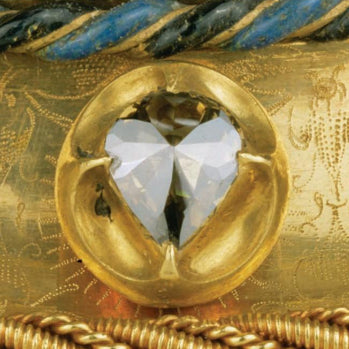 Faceted Pear Shape Diamond Set in the Burgundian Court Goblet - Circa 1453-1467 - Kunsthistorisches Museum - Credit - KHM-Museumsverband
Faceted Pear Shape Diamond Set in the Burgundian Court Goblet - Circa 1453-1467 - Kunsthistorisches Museum - Credit - KHM-MuseumsverbandThe Only Problem With This Story is None of It Actually Happened…
All of these stories can be traced back to a man named Robert de Berquen (1615-1672), a man who claimed to be a descendant of Lodewyk. According to Robert, his ancestor invented the process of cutting diamonds with diamond powder in “a singular spirit of genius”.
Oddly enough, this “singular spirit of genius” was not viewed as relevant enough in his time that anyone ever bothered to document any of it. According to Jack Ogden in his book Diamonds: An Early History of the King of Gems, there is no evidence that Lodewyk van Bercken ever existed. Sure, records from that time period are scare, but one would think someone who contributed so much to art of diamond cutting would have been more revered by one of the royals who valued the stones so highly.
Additional evidence against this argument can be found in the form of a gold gem encrusted goblet currently housed in the Kunsthistorisches Museum in Vienna. Among the gems decorating The Burgundian Court Goblet include a polished pear shape diamond. Considering the goblet was first documented in an inventory dating back to 1467 (7 years before Lodewyk experienced his “singular spirit of genius”), that pokes a serious hole in his story.
Based on historical evidence, Lodewyk van Bercken almost certainly not make all of these discoveries, although significant improvements to the art of polishing diamonds clearly occurred when he was said to have lived. Realistically, the first person to successfully polish a diamond probably occurred centuries earlier in Ancient India or the Middle East.
Whether he single-handedly invented the skeif, made some minor advancements to the craft of diamond cutting or never existed at all, the myth of Lodewyk van Bercken certainly lives on. He has been immortalized through centuries of story telling, his work was reinacted in the 1868 musical play, Berken de Diamantislijper by Karel Versnaeyen, and as we discussed earlier, his likeness can still be seen in the statue by Frans Joris in Antwerp.
- Read More
- Joseph Denaburg
- /
- 0 Comment(s)

